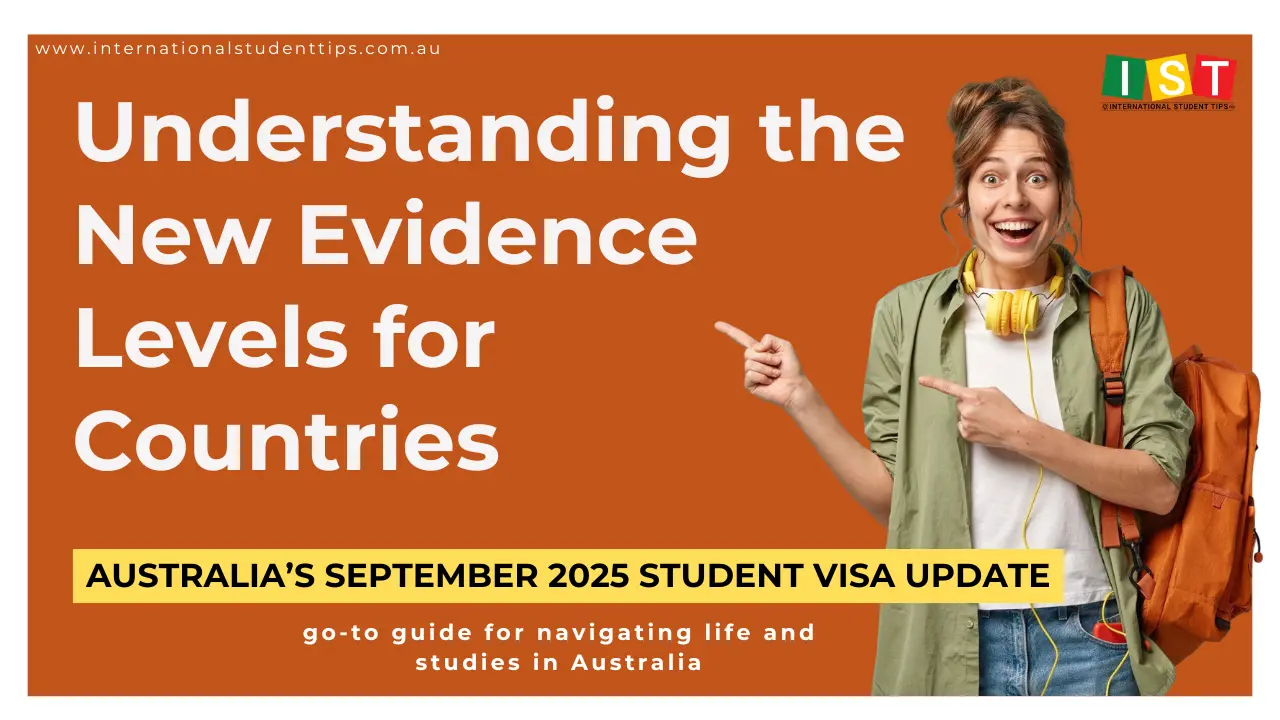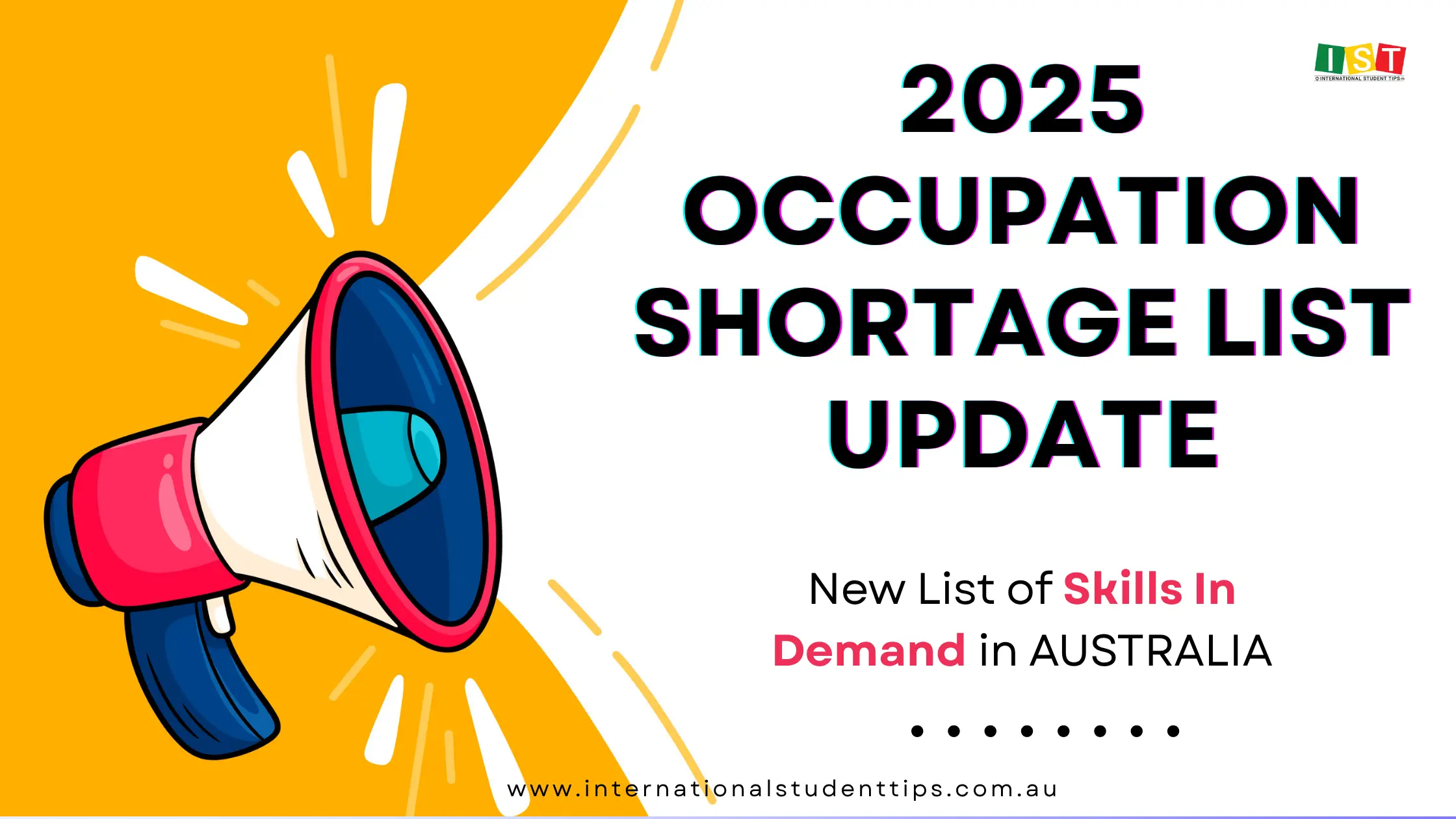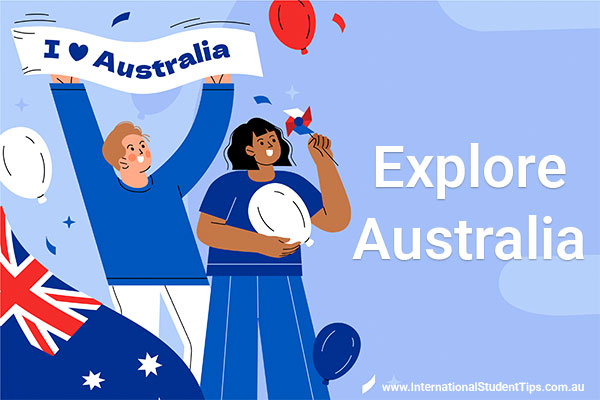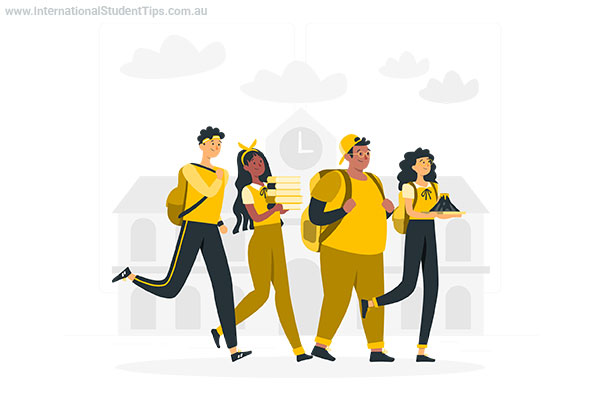
Australia’s September 2025 Student Visa Update-Understanding the New Evidence Levels for Countries
Australia’s September 2025 Evidence Level update for student visas means new rules for international students. Levels 1-3 determine how much proof (like funds or English skills) you need—Level 1 is easiest, Level 3 toughest. This affects visa processing times and costs, especially with 2025’s stricter migration rules. Check your country and provider’s level using the Document Checklist Tool, plan early, and consult a MARA agent at mara.gov.au to ace your Subclass 500 application!
Welcome back! Planning to apply for a student visa (Subclass 500) soon? On September 30, 2025, the Department of Home Affairs released the latest update on Evidence Levels for different countries and education providers, based on previous visa outcome data. Sounds complicated, right? Don't worry—we've broken it down into a simple Q&A to explain what it could mean for you.
How Do Evidence Levels Work?
The Department of Home Affairs uses the Evidence Framework to manage migration by assigning a risk level (1 to 3) to each country and education provider separately. Think of it like a traffic light system: it speeds up applications for low-risk students and adds extra checks for higher-risk ones.
- Level 1 (Low Risk): Minimal evidence needed upfront. The department may ask for detailed financial or English proficiency documents later if required.
- Level 2 (Medium Risk): Standard documents like basic financial statements and/or English test results (e.g., IELTS or PTE) are required to confirm your intentions.
- Level 3 (High Risk): You must provide detailed bank statements showing you can cover tuition and living costs (around AUD $29,710 per year), a strong Genuine Student (GS) statement, and possibly additional English proficiency proof.
Levels are updated twice a year (March and September) based on data like visa grant rates, student compliance, and provider performance. The September 2025 update reflects the latest stats, so some countries might have shifted up or down. For example, countries with high approval rates (like the UK or Canada) often stay at Level 1, while others with more refusals might move to Level 2 or 3.
How Could This Impact Your Student Visa?
Your Evidence Level combo (country + provider) directly affects your application’s complexity, processing time, and success odds. Here’s the real talk:
- Easier and Faster for Low-Risk: If you’re from a Level 1 country applying to a Level 1 provider (e.g., University of Melbourne), you could lodge with less paperwork. Processing might take 4-6 weeks, and refusal risks are low—great if you’re on a tight timeline.
- More Prep for Medium/High Risk: Level 2 or 3 means gathering more docs upfront, which could delay your lodge by weeks. For Level 3, incomplete evidence often leads to refusals or requests for more info, stretching times to 8-12 weeks or longer. In 2025, with overall student visa lodgements down 26% due to caps and fees, high-risk applicants face tougher scrutiny to meet Australia’s migration goals.
- Overall Effects: No level guarantees approval, but higher levels raise the bar for proving you’ll study full-time and return home. It could mean higher costs (e.g., extra tests) or needing to switch providers. On the flip side, if your level drops post-update (e.g., from 3 to 2), reapplying could be simpler.
How Can You Check Your Country’s Level?
It’s straightforward—use the Department’s free tools:
- Document Checklist Tool: Head to the Document Checklist Tool on the Home Affairs website. Enter your nationality, course level (e.g., bachelor’s), and provider. It’ll spit out your Evidence Level and required docs instantly. Updated for September 2025 changes!
- Evidence Framework Page: For deeper dives, visit the Evidence Framework for Education Program. It explains levels and has links to provider lists.
- ImmiAccount: When starting your application, the system auto-checks your level based on your details.
This information has been checked and updated as of September 30, 2025. For visa-related matters, such as applications or study conditions, we strongly recommend consulting a Migration Agents Registration Authority (MARA)-registered agent before taking any legal action. Find a MARA agent at mara.gov.au.
Suggested Blogs


 Visa & Immigration
Visa & Immigration
 Finance
Finance
 Tips for Students
Tips for Students
 Travel & Explore
Travel & Explore
 News
News
 Explore Australia
Explore Australia
 Student Life in Australia
Student Life in Australia
 Work in Australia
Work in Australia